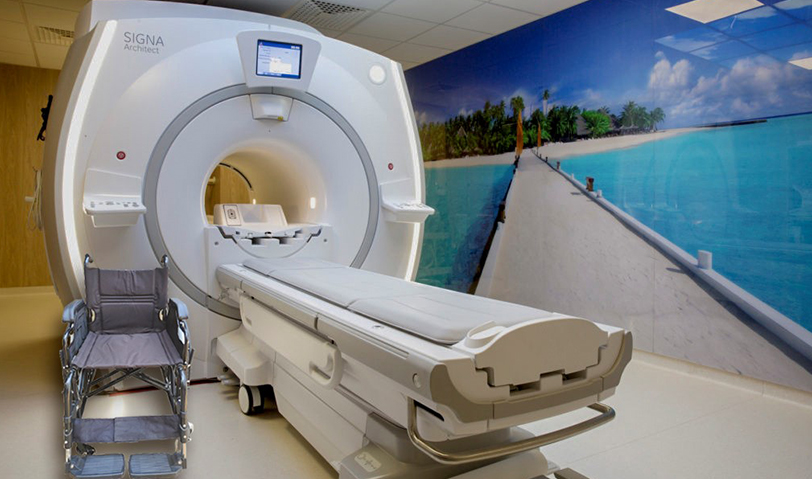When it comes to healthcare, accessibility is key for everyone, including those with mobility challenges. One significant innovation in this regard is the MRI compatible wheelchair. This specialized wheelchair opens up new possibilities for patients needing both mobility support and regular MRI scans.
In this article, we explore the various benefits of using an MRI compatible wheelchair, from convenience to enhanced safety during medical procedures.
Enhanced Safety During MRI Scans
One of the primary benefits of an MRI medical wheelchair is its ability to ensure safety during magnetic resonance imaging (MRI) scans. MRI machines use strong magnets to generate detailed images of the body’s internal structures. Standard wheelchairs typically contain metal components that can interfere with the MRI’s magnetic field, posing risks to both the patient and the equipment.
An MRI compatible wheelchair is specially designed with non-magnetic materials, ensuring compatibility with the MRI environment. This reduces the risk of accidents and ensures accurate imaging without compromising patient safety.
Improved Comfort and Accessibility
Another significant advantage of an MRI compatible wheelchair is enhanced comfort and accessibility for patients. These wheelchairs are designed with features that prioritize comfort during extended periods of use, such as padded seats and adjustable armrests. For patients undergoing frequent MRI scans, comfort is crucial to alleviate any anxiety or discomfort associated with the procedure.
Furthermore, these wheelchairs often come with ergonomic designs that facilitate easy maneuverability, making them suitable for navigating hospital corridors and entering MRI rooms without difficulty.
Facilitation of Chair Lifts
One notable feature of some MRI compatible wheelchairs is their compatibility with chair lifts. Chair lifts are essential in healthcare settings for transferring patients safely from wheelchairs to other medical equipment or examination tables.
The design of MRI compatible wheelchairs ensures seamless integration with chair lift systems, enabling healthcare providers to perform transfers efficiently and without causing strain or discomfort to the patient.
Durability and Maintenance
MRI compatible wheelchairs are constructed from durable materials that can withstand the rigors of frequent use and medical environments. These wheelchairs are designed to be easy to clean and maintain, which is essential for preventing the spread of infections in healthcare settings.
The materials used are often resistant to corrosion and damage from cleaning agents, ensuring longevity and reliability. This durability reduces the need for frequent repairs or replacements, resulting in cost savings for healthcare facilities while ensuring patients have access to reliable mobility assistance.
Integration with MRI Medical Wheelchair
For patients requiring frequent MRI scans, an MRI compatible wheelchair can be integrated with other medical equipment, such as MRI compatible stretchers or imaging tables. This integration allows for seamless transitions during medical procedures, ensuring continuity of care and minimizing disruptions for patients.
Healthcare providers can efficiently move patients between different equipment without the need for multiple transfers, thereby enhancing patient comfort and maintaining the accuracy of diagnostic imaging.
Conclusion
In conclusion, the benefits of using an MRI compatible wheelchair are clear. From enhanced safety during MRI scans to improved comfort and accessibility, these specialized wheelchairs play a crucial role in providing optimal care for patients with mobility challenges.
By investing in MRI compatible wheelchairs, healthcare facilities can ensure that all patients receive the necessary medical imaging without compromising their safety or comfort.

